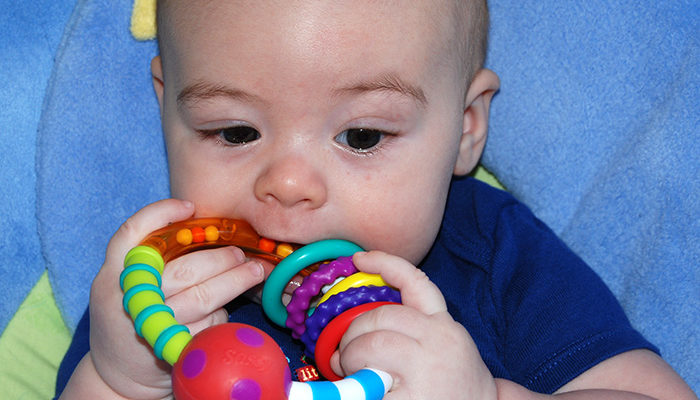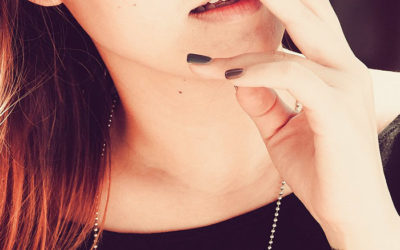EVERY CHILD GOES through periods of teething, which can be particularly difficult because they are too young to understand it. It can also be hard for parents, but teething is completely normal and we’re here to set our patients at ease about what to expect and how to deal with it.
The Stages Of Teething
The first thing to know about teething is that there are different stages. The first stage is erupting, which is the period when the teeth grow up from the jaw bones towards the surface of the gums. The second stage is cutting, which is when the teeth actually break through the gum line. It’s very common for babies and toddlers to experience pain during these stages, but they can’t communicate this to their parents, so it often manifests as picky eating, tiredness, or even hunger.
Signs And Symptoms Of Teething
A baby’s first teeth usually appear at between 4-6 months, but it isn’t uncommon to see them anywhere between 3-14 months. If your baby’s teeth are taking a little longer to show up, don’t be alarmed. While no two children will go through the exact same thing, here are a few of the most common symptoms:
- Drooling
- Irritability
- Biting, chewing, sucking on everything
- Refusing to bite, chew, or suck
- Rejecting foods
- Trouble sleeping
- Avoiding breastfeeding
Diarrhea, a fever, and a runny nose are not typically associated with teething. These are more likely symptoms of another problem like a virus. If they persist or worsen, it could be time to visit the pediatrician.
Soothing Your Teething Child
There are few things that can be done to help ease the teething process. First, don’t stop breastfeeding! Breast milk has been known to be one of the best pain remedies for teething. Next, let them chew on things! They need to chew to help the teeth cut through the gums, so chewing, sucking, and biting everything is actually necessary. This is where teething toys can come in.
Good Toys To Consider
Although most teething toys are safe to use, there are a few to steer clear of. Before you buy a teething toy, make sure it doesn’t contain BPA, PVC, or phthalates — chemicals that are used in everyday itemssuch as women’s perfume and lotion to make them last longer, all of which can be harmful if consumed.
It’s also important to keep in mind a few key points when picking toys. Consider what the toy is made out of. Is it solid or does it have a gel filling of some kind (and if so, does it seem sturdy enough not to leak)? Can it be cooled in the fridge? Can it clip onto your child’s clothing? Is it easy for them to hold?
Check out this video for a few more teething tips:
https://www.youtube.com/watch?v=UA7Cn9E7gRE
Come To Us With Your Teething Concerns
If you feel you’ve done all you can to help your child along during their teething process but things still seem to be going awry, you can always bring them to see us! We can check to make sure their teeth are coming in well and that they’re right on track. Just make the call and we’ll be here!
It’s no contest; our patients are the best!
| The content on this blog is not intended to be a substitute for professional medical advice, diagnosis, or treatment. Always seek the advice of qualified health providers with questions you may have regarding medical conditions. |




